Ever laid eyes on a cat that could give a dachshund a run for its money? Welcome to the intriguing world of Munchkin cats! With their distinctive short legs and controversial reputation, they're truly the unique little characters of the cat domain. But, how did these peculiar-looking creatures come to be?
Is it a natural mutation or a deliberate breeding decision? In this article, we'll trace their unusual lineage, explore the genetics behind their appearance, and expose the contentious ethical debate surrounding their breeding.
Stay with us as we explore the mysteries surrounding Munchkin cats!
The Unconventional Charm of Munchkin Cats
Have you ever seen a Munchkin cat? The dwarves of the Cat Fancy world are easily recognized. Their short legs keep their bodies closer to the ground, creating a unique look.
Often referred to as the "Sausage Cat", the Munchkin has a short-legged silhouette, a result of a genetic mutation.
This breed, in comparison to its long-established counterparts, is fairly new to the cat realm, with its documentation tracing back to the 1940s. It wasn't until 1991, however, that the Munchkin received official recognition, proudly earning the title of the inaugural breed of dwarf cats.
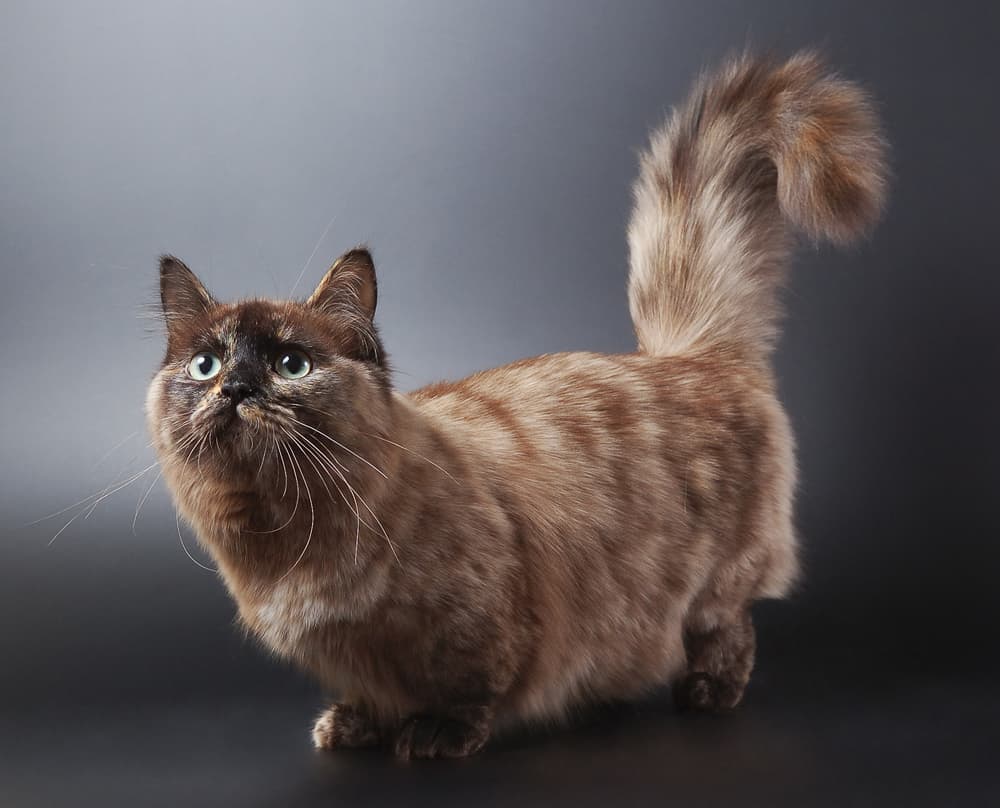
Breed History
Cats with very short legs occur from time to time in the general feline population. There were reports of such cats in 1930s Britain and later on in Russia and the US. However, it was only in the 1980s that someone found a short-legged cat and decided to do something about it.
That someone was Sandra Hochenedel, a music teacher from Louisiana who found a stray pregnant cat and named her Blackberry. The litter that Blackberry delivered included several unusual kittens with very short legs.
One of the short-legged kittens was adopted by Hochenedel's friend, Kay LaFrance. She named him Toulouse after Toulouse-Lautrec - the short-statured French painter.
Toulouse and his mother Blackberry are considered the founding cats of the Munchkin cat breed. They were bred with regular cats, and their short-legged offspring were included in the breeding program.
In 1991, Laurie and Robert Bobskill of Massachusetts proposed the Munchkin as a new experimental breed.
Their proposal met with the approval of TICA (The International Cat Association), one of the world's largest cat registries. In 2003, TICA accepted the Munchkin as a full-fledged championship-status cat breed.
Breed Description
Other than their short legs, Munchkin cats look much like any other cat. The breed standard does call for walnut-shaped eyes and an overly proportioned look and states that Munchkin cats should not look like miniature versions of other breeds.
Their short legs should be set evenly apart and generally be of the same length. Back legs slightly longer than front legs are acceptable within the breed standards.
Domestic shorthaired and longhaired cats are allowed in Munchkin breeding programs, resulting in a variety of coat lengths, colors, and patterns. TICA now has separate categories for Longhair Munchkins and Shorthair Munchkins.
The temperament of Munchkins is as versatile as their heritage. These cats are active and mobile, despite their dwarfism. Owners say that their cats easily run around, jump, and climb.
SIGN UP FOR THECATSITE'S EMAIL UPDATES >
The Genetic Mutation That Makes Munchkin Cats
There is a uniquely identifiable gene that's responsible for short legs. Like every gene, it has two copies - each parent donating one copy during conception.
It only takes one mutated gene to cause short legs. If both copies carry the gene, the embryo isn't viable and never develops into a kitten. This means that every Munchkin cat carries only one copy of the mutation. If that mutated copy is passed on to the offspring, then the kitten will be short-legged.
The breed genetics also means that when a Munchkin cat is bred with another Munchkin cat, some kittens will have long legs and some short legs. Any fertilized eggs that get two mutated genes during conception will not develop, so litters will be smaller than usual.
When a Munchkin cat is crossed with an ordinary domestic cat, again some kittens will have long legs and some short legs. The ones with long legs do not carry the Munchkin gene.
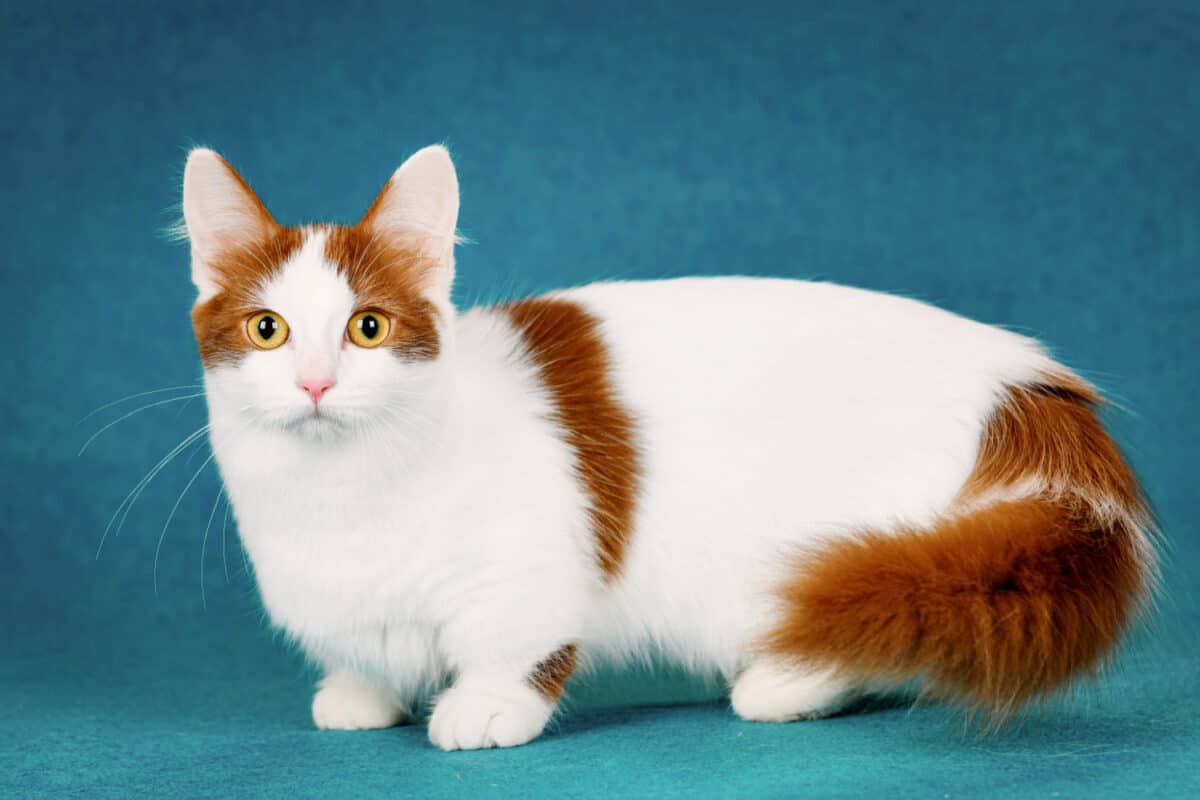
The Debate Over Ethics
More than two decades after the Bobskills made their suggestion, only a few of the Cat Fancy associations recognize Munchkins as a breed. Three of the largest associations, the Cat Fancy Association (CFA), the Governing Council of the Cat Fancy (GCCF), and the Fédération Internationale Féline (FIFe) all refuse to grant these cats breed status.
Those who object to the breed claim that the short legs are a congenital defect.
Cats should have long legs just like they're supposed to have eyes and ears. We wouldn't think of breeding blind cats on purpose, so why breed short-legged ones?
Breeders and breed aficionados say that short legs are not a defect or a problem. According to them, it's a trait that does not inhibit the cat's mobility in any way. If hairless cats and cats with short tails are legitimate breeds, then why not short legs?
The debate continues, as does the breeding of Munchkin cats.
Munchkin Traits: What Makes Them Special
Munchkin cats are friendly, smart, and love attention. They may have short legs, but they are great at running and jumping. People sometimes disagree about how high they can jump, but their owners say they move just fine.
Most Munchkins are about the same size as regular cats. Males weigh between 6 and 9 pounds, and females are a bit lighter between 4 and 8 pounds. Their back legs can be a bit longer than the front ones. Their legs can look a little curved, but very curved legs are not allowed in cat shows.
Munchkins can have many different fur colors and patterns. Some Munchkins have long hair and some have short hair. Cat shows have separate groups for both. A cat named Lilieput from California became famous in 2014. She was named the world's shortest living cat, standing at only 5.25 inches tall!
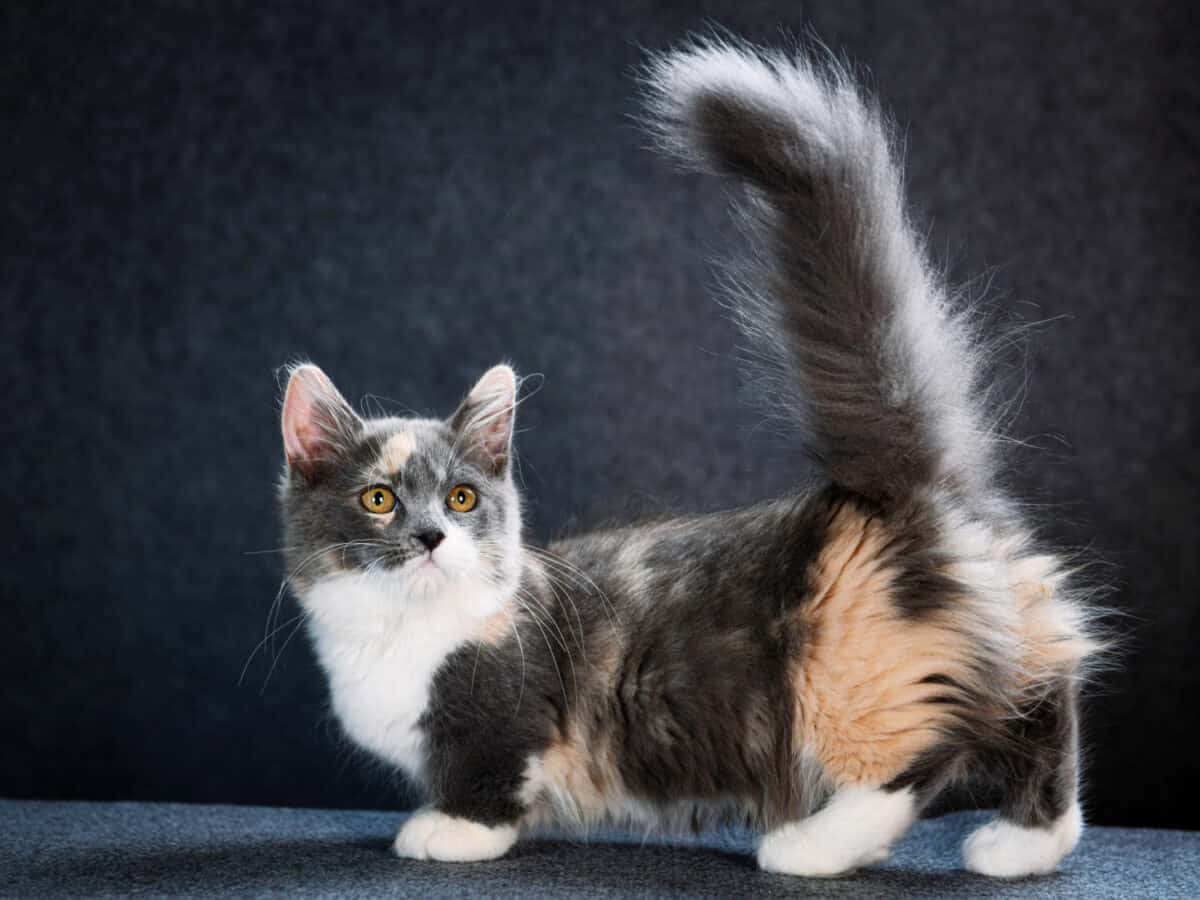
Munchkin Mixes: The Birth of New Breeds
Did you know the Munchkin has been used to create a whole family of new cat breeds? Each of these 'cousins' carries the Munchkin's signature short legs while showcasing another unique trait from its other parent breed.
For example, mix a Munchkin with a LaPerm and you get a Skookum, a cat that's got both short legs and curly hair. Pair a Munchkin with a Sphynx, and you get a Minskin or a Bambino - short-legged cats that are nearly hairless!
A Munchkin and Selkirk Rex pairing brings forth the Lambkin, which sports the Munchkin's short legs and Rex's curly coat. Combine a Munchkin with a Persian, Himalayan, or an Exotic Shorthair, and you get a Napoleon, now known as a Minuet.
The Kinkalow breed comes from a Munchkin and an American Curl, resulting in a short-legged cat with curled ears. The Scottish Kilts breed results from a Munchkin and a Scottish Fold, combining the signature folded ears and the short stature.
Finally, combine a Munchkin with a Bengal, and you get a Genetta, a short-legged spotted cat. Each one of these breeds is a testament to the versatility and appeal of the Munchkin's unique physique!
A Tiny Conclusion: Munchkin Cats
Well, there you have it - an in-depth look into the peculiar, captivating world of Munchkin cats. We've taken a journey through their controversial history, the science behind their distinctive short legs, the ongoing ethical debate about their breeding, and the unique characteristics that make them so endearing to their owners.
We've also observed the creative use of the Munchkin as a foundation to birth a myriad of other breeds, each showcasing its unique combination of traits.
Regardless of the varying opinions surrounding their breed, one thing is clear - Munchkin cats have carved out a niche for themselves in the cat world, and their popularity continues to grow.
The debate about the ethics of their breeding will likely continue, but in the meantime, these charming little creatures are finding loving homes around the world.
So, what's your stance?
Do Munchkins delightfully add variety to the cat world, or do they represent a problematic creation we shouldn't encourage?
Let's continue the conversation!
SIGN UP FOR THECATSITE'S EMAIL UPDATES >
_______________________________________________________________________________________________
Let us know what you think by leaving a comment! Questions? Please use the cat forums for those!
Note: We may get commissions for purchases made through links on this page.

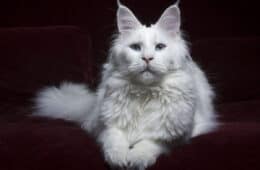
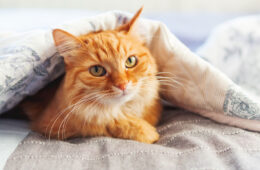

2 comments on “Munchkin Cats – A Comprehensive Look At Their Genetics, Traits, And Ethical Debate”